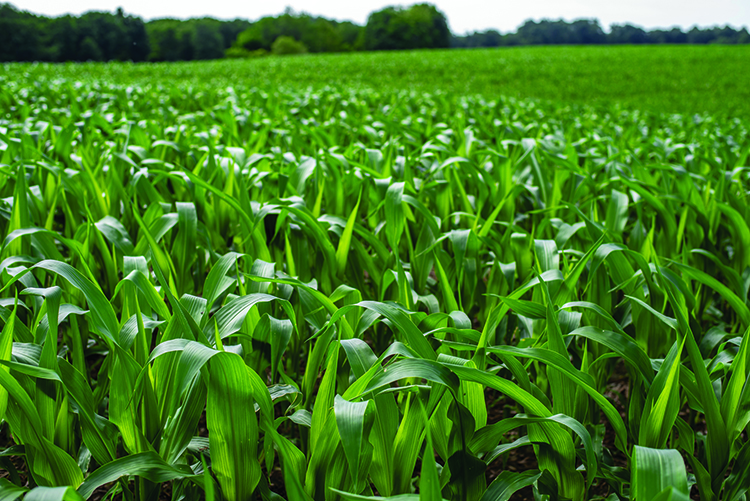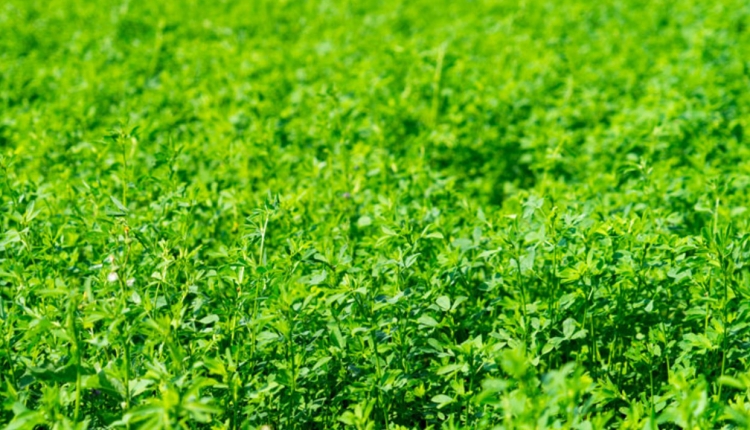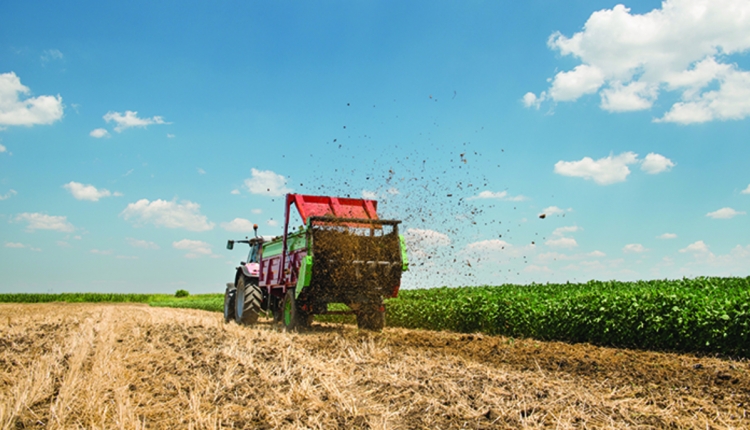Wiersma is the alfalfa business manager with Corteva Agriscience. Thomas is retired from the William H. Miner Agricultural Research Institute and president of Oak Point Agronomics Ltd.

It’s no secret cannibals are lurking in your cornfields, looking to rob you of the silage tonnage and quality you expect from the crop. Okay, these are not the “cannibals” that come to mind when you hear the word, but “cannibalization” properly describes what happens when stressed corn plants sacrifice stalk sugars to feed the plant’s ear and kernels.
Finding evidence of cannibalization is not always easy, but when stalks start lodging in the field, you know it’s there. Cannibalization of corn plants during the growing season is a real issue, resulting in lower tonnage, reduced forage quality, and ultimately reduced profitability from your corn silage enterprise.
Look for signs
Identifying cornstalk cannibalization prior to silage harvest is easily done by using a “push” or “pinch” test. When walking through a corn field, gently push on stalks at about waist height to about 45 degrees. If more than 10% to 15% of plants are easily broken and fall over, you have internal stalk deterioration and a high potential for stalk lodging. Alternatively, you can pinch the plants near the bottom of the stalk, and if the stalk collapses easily between your fingers, cannibalization is occurring.
Finally, cut through a few corn stalks to look for the evidence and severity of stalk deterioration. When you do this, you will see white pith that looks stringy or like Styrofoam. If the pith is discolored, it means stalk rotting organisms have been at work and contributing to poor stalk integrity.
Another feature of severe cannibalization of a corn plant is the collapse of the ear shank — look for droopy ears. This leads to incomplete ear fill and premature black layer formation.
Like so many things, cannibalized cornstalks are the result of early predisposing factors. Foliar diseases like northern corn leaf blight, gray leaf spot, or tar spot can infect corn plants, resulting in a loss of photosynthetic capacity. When photosynthetic capability is reduced, corn plants will steal sugars and other nutrients from the lower stalk to fill ears — in other words, “robbing Peter to pay Paul.” As stalks give up their sugars, stalk rots may invade and ultimately, stalk integrity is compromised, leading to lodging.
Affected by weather
Weather and crop management can also be dominant forces influencing cannibalization of corn plants. Anything that restricts root growth or photosynthetic function of the leaves can result in compromised corn stalks.
Delayed planting or planting into wet soils often results in shallow corn root systems. Likewise, planting corn in compacted soils, fertilizer injury, or root-feeding insect activity results in a smaller, compromised root system that is less able to handle stress. During grain filling, late season stress such as running out of nitrogen, long stretches of cloudy weather, or drought will push the plant into stalk cannibalization to support grain development.
While yield loss is a common consequence of cornstalk cannibalization, it’s not the only loss you may experience. If a rain or wind event occurs prior to harvest, compromised stalks can be severely lodged and result in harvesting headaches.
Often, plants under stress result in variable forage moisture content at harvest, making it more difficult to optimize harvest timing. Variable whole plant moisture can result in a less than ideal fermentation, leading to greater development of yeast, molds, and mycotoxins. When it comes to starch content and fiber digestibility, stressed and cannibalized plants can be highly variable and will result in a forage that is more difficult to feed and supplies less energy than expected.
Use early intervention
Chasing the “cannibals” away from your field starts at planting by choosing hybrids with good leaf disease resistance and by planting into favorable soil conditions. Manage nitrogen applications using a good predictive tool to avoid “running out” at the end of the season.
Plan to manage weeds in a timely manner to avoid late season invasion of weeds. Using a foliar fungicide can help protect against leaf disease, especially if your hybrid isn’t resistant to major leaf diseases. Finally, if you use irrigation, understanding when and how much water is needed during the season makes a big difference in your ability to optimize plant growth and avoid late season stress.











